In July I walked the entire Ridgeway, Britain’s oldest road, from Ivinghoe Beacon in Buckinghamshire to the Avebury Henge in Wiltshire. If you put these waypoints into the AA Routeplanner, it’s 108.9 miles and will take you one hour and 56 minutes.
Walking it took six days. In a car the route is very simple: down the A41, round the M25, up the M4, turn off at Junction 16, bosh. Beacon to Henge in under two hours. By travelling this route, you might not be aware that you’re passing through two areas of outstanding natural beauty – the Chiltern Hills and the North Wessex Downs. You might get a glimpse of rolling fields as you flash past Membury Services, but the only way to really appreciate this glorious bit of old England, is on foot.
Walking is a slow activity. Which is precisely why I love it so much. Miles that whizz by in a car, without a second thought, are hard walking and take time. But there’s no doubt your senses become more attuned, smells are more acute, temperature changes swiftly gauged. I walked with family and friends to raise money for Stand Up to Cancer, part of Cancer Research UK.
Day 1
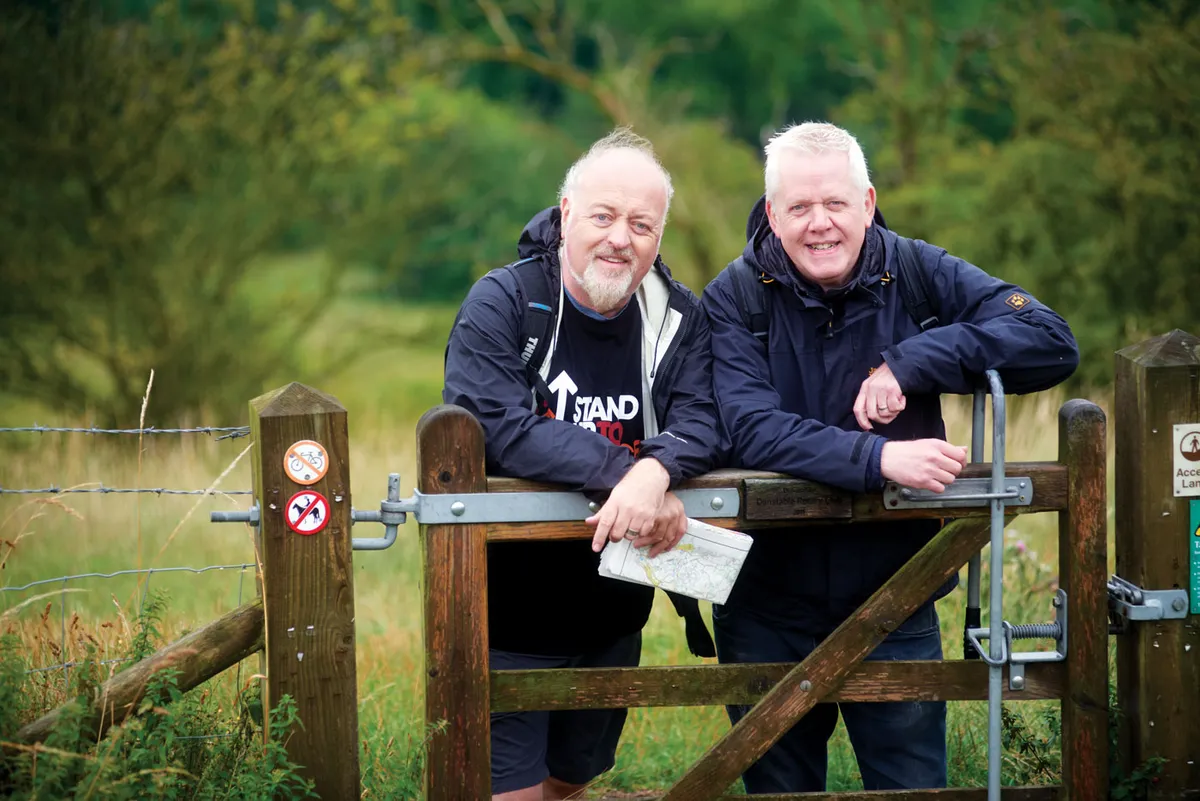
We meet on Ivinghoe Beacon, at one time an Iron Age settlement, and now the official start point of The Ridgeway. Actually it’s the official end point, as most guidebooks suggest you walk it west to east and keep the prevailing wind at your back. But I prefer to walk into the wind, as it blows my hair off my face and makes me look windswept and rugged. Or like a spaniel with its head out of the car window. From here, there’s a magnificent view of the Vale of Aylesbury – the essence of rural England with its patchwork of fields, villages, spires and well-tended gardens.
Today I’m happy to be joined by an old friend Martin Trenaman, who obligingly helps out with the press and photo calls. This makes for a later start than planned, but does mean we are joined by a friendly crowd of locals who walk with us a while. After an hour we pause on the edge of a rise overlooking a flooded chalk pit, where we share a flask of tea and marvel at the aerobatics of the red kite. We’re surrounded by pink flowers, which I take to be Centaurea scabiosa or greater knapweed.
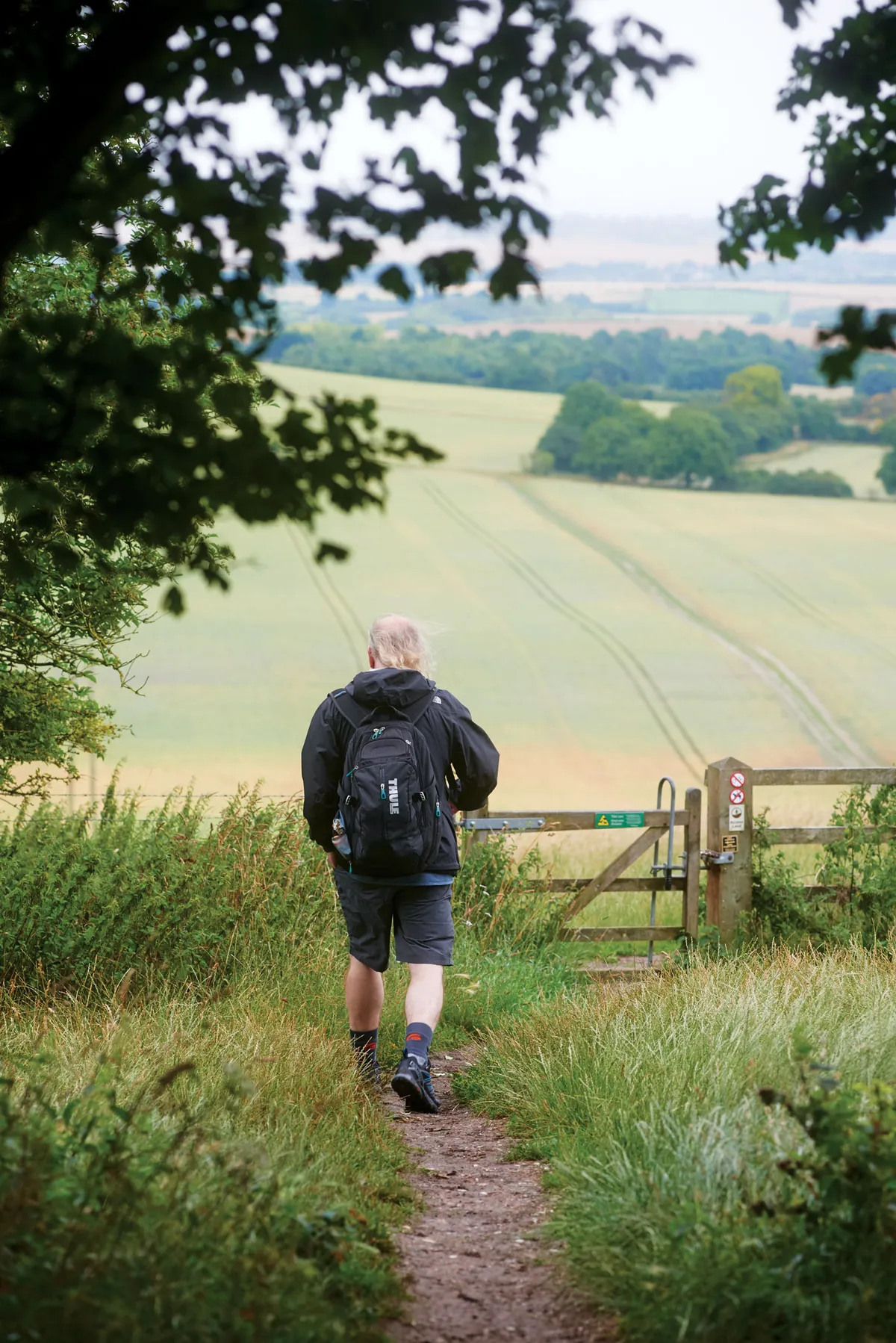
There’s a lovely section near the end where the path winds down a deep green hollow that appears miles from any human habitation, but in what seems a brief moment the path conveniently ends in the car park of The Red Lion, where we’re to spend the night.
A good feed, a welcome pint, followed by dreamless sleep.
Day 2
We are met at breakfast by the author Robert Macfarlane who is walking with us today. In several of his books, he extols the delights of the ancient ways, so he is the perfect walking companion.
Out of Wendover, there’s a climb up to the Boer War Memorial on Coombe Hill and more views to reward the effort. As we dip down through some ancient woodland, we collect wild marjoram, and several green woodpeckers burst from the trees with their dipping flight. During this section, the Ridgeway passes through the grounds of Chequers, which is always fun – partly because I can think of no country on Earth that would allow hikers to just hop over a stile and amble through a high security area. I don’t doubt that if you strayed too close to the house, you might be encouraged to turn back, but even so, the public rights of way is an ancient and wonderful thing.
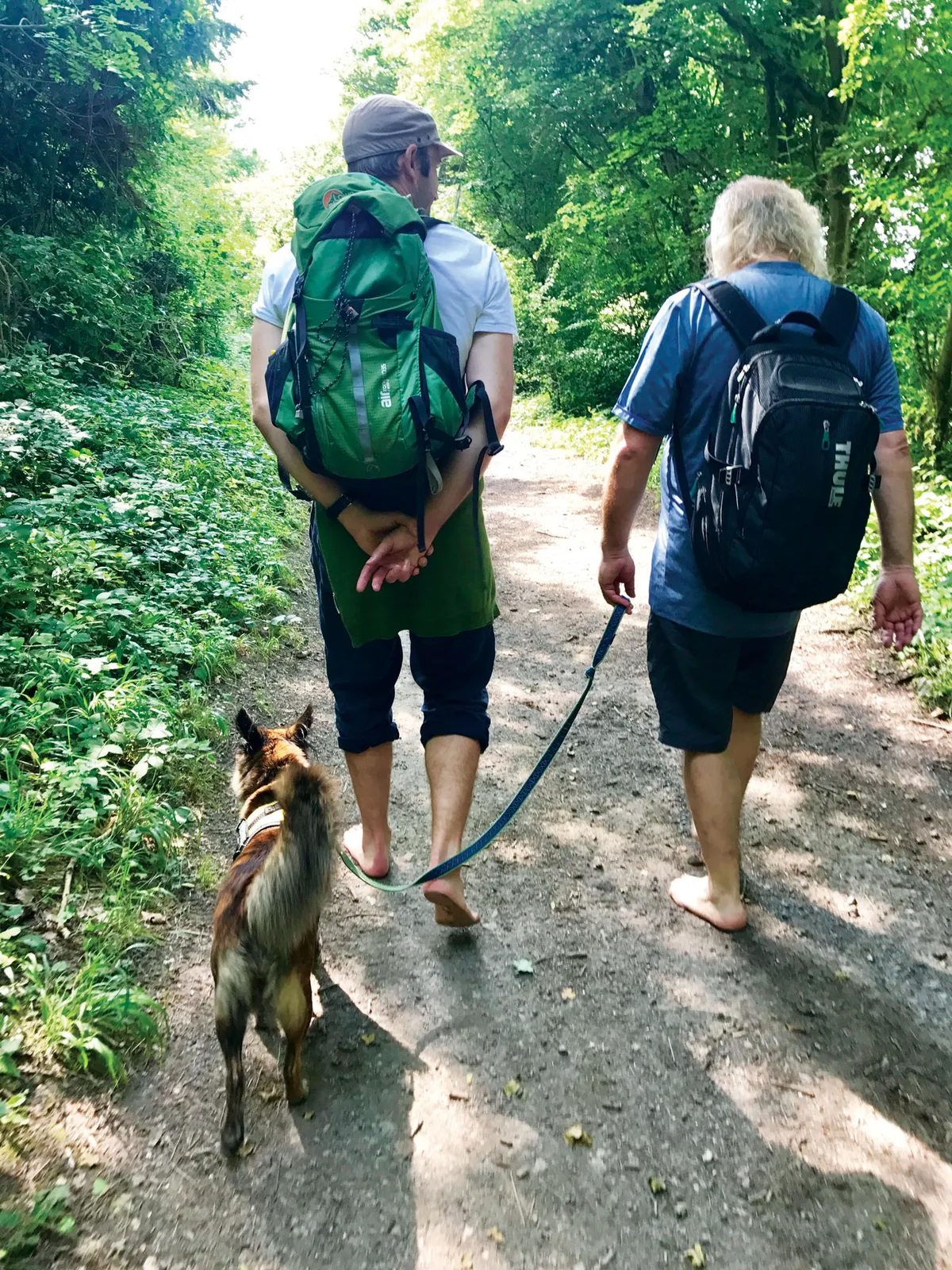
After Monday’s rain, the sun is shining and the grass looks inviting, so after a half of ale in The Plough at Cadsden, Robert and myself go barefoot. While our feet are met with the warm springy turf, this seems like the most brilliant idea. But the path abruptly becomes steep and studded with sharp flint. We bravely man up and stick it out for a bit, but our socks and shoes have never felt so comfy.
Robert finds a jay’s feather, and this azure gem is the prize after many hours of sore feet.
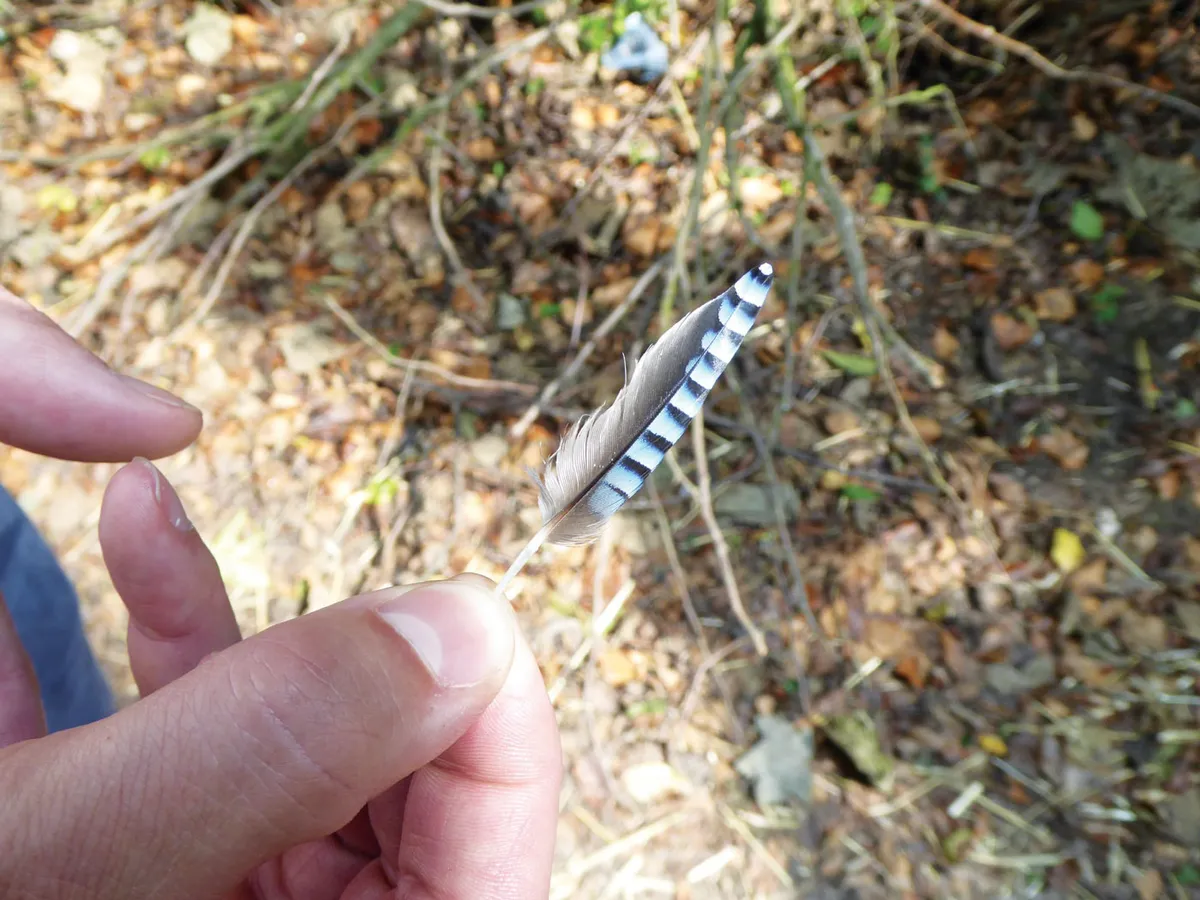
Day 3
I look out of the window, already rain-spattered, to see cows lying down in a field.
“Don’t lie down!” I want to say. “It’s brightening up!”
No, it isn’t. And a persistent mizzling rain sets in for the day.
After nearly two hours, we are all sodden and dispirited, and someone is complaining that the water in my bottle tastes a bit metallic (me, I think), and we’re bickering about this as we arrive at St Botolph’s Church in Swyncombe.
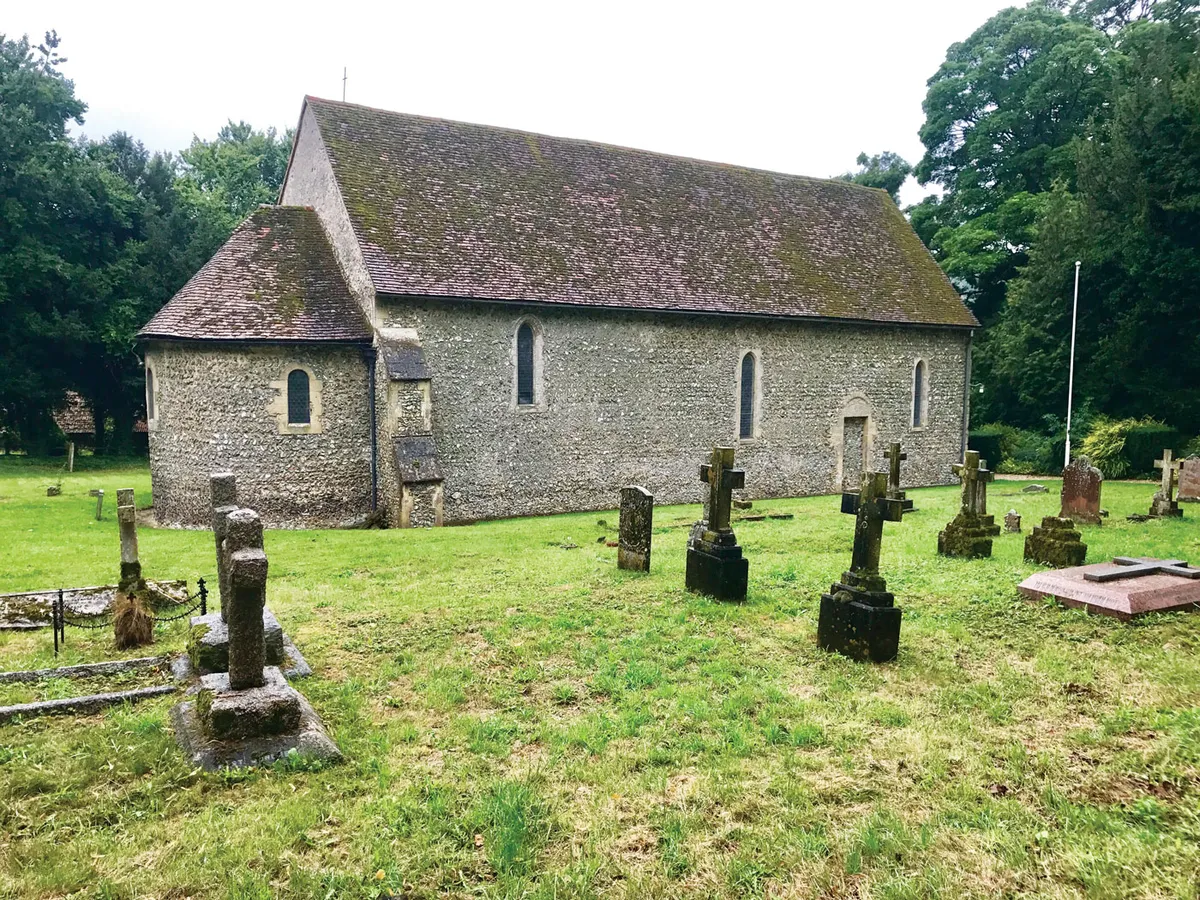
Some weeks ago I’d emailed Hilary the churchwarden as a courtesy in case there was a service or some other function. I’d expected a brief stop to take in this ancient and beautiful old building, but as we turned into the churchyard, there was Hilary and members of the congregation to welcome us in. Orange squash! Biscuits! The first of the many kind gifts of flapjack! The warmth of our welcome really raises the spirits, just as it must have done to all those other travellers welcomed here over the church’s near 1,000-year history. Like so many other experiences along the Ridgeway, moments like this connect us to the past.
Day 4
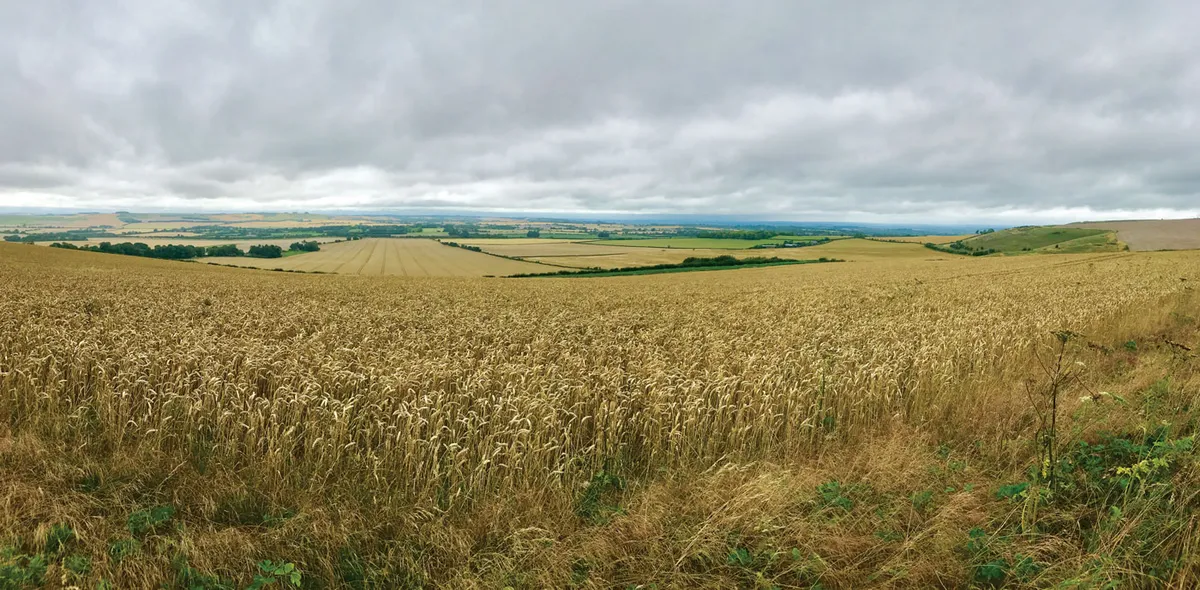
This is where we leave the gentle floodplain of the Thames, and climb steadily up on to the North Wessex Downs. The ground drops away on both sides, the views are magnificent, the skies seem wider and bluer than they’ve been all walk. This is true Ridgeway country. We meet my old pal Sean Lock and his family in Bury Down car park, which, I note, has a 4.8 rating on Google reviews. I mean, it is a very nice car park.
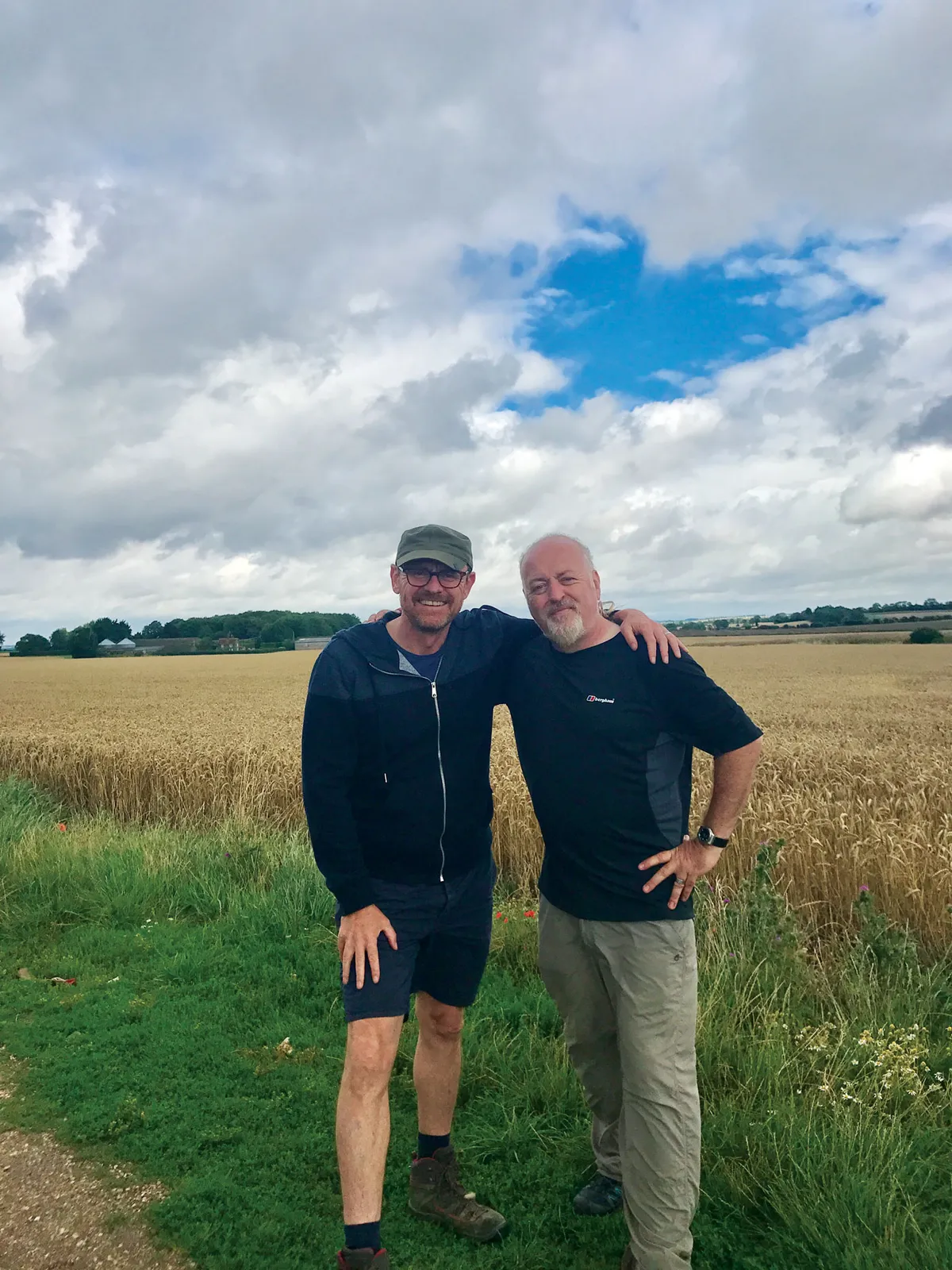
My wife Kris presents me with a piece of date and walnut cake, which has been left for me under a hedge, wrapped in a freezer bag and attached with a luggage label addressed to me. I taste it and the combination of that, a cup of tea, and the 360˚ views is a high point of the day. Although Sean is more sceptical, saying he tends to only eat cake from a shop, not cake found in hedges.
Day 5
This part of the Ridgeway is perhaps the most dramatic, with the Neolithic long barrow and atmospheric chamber tomb of Wayland’s Smithy and the extraordinary Uffington White Horse. On the ground it’s hard to make it out. Only from the air can you appreciate its scale and abstract beauty.
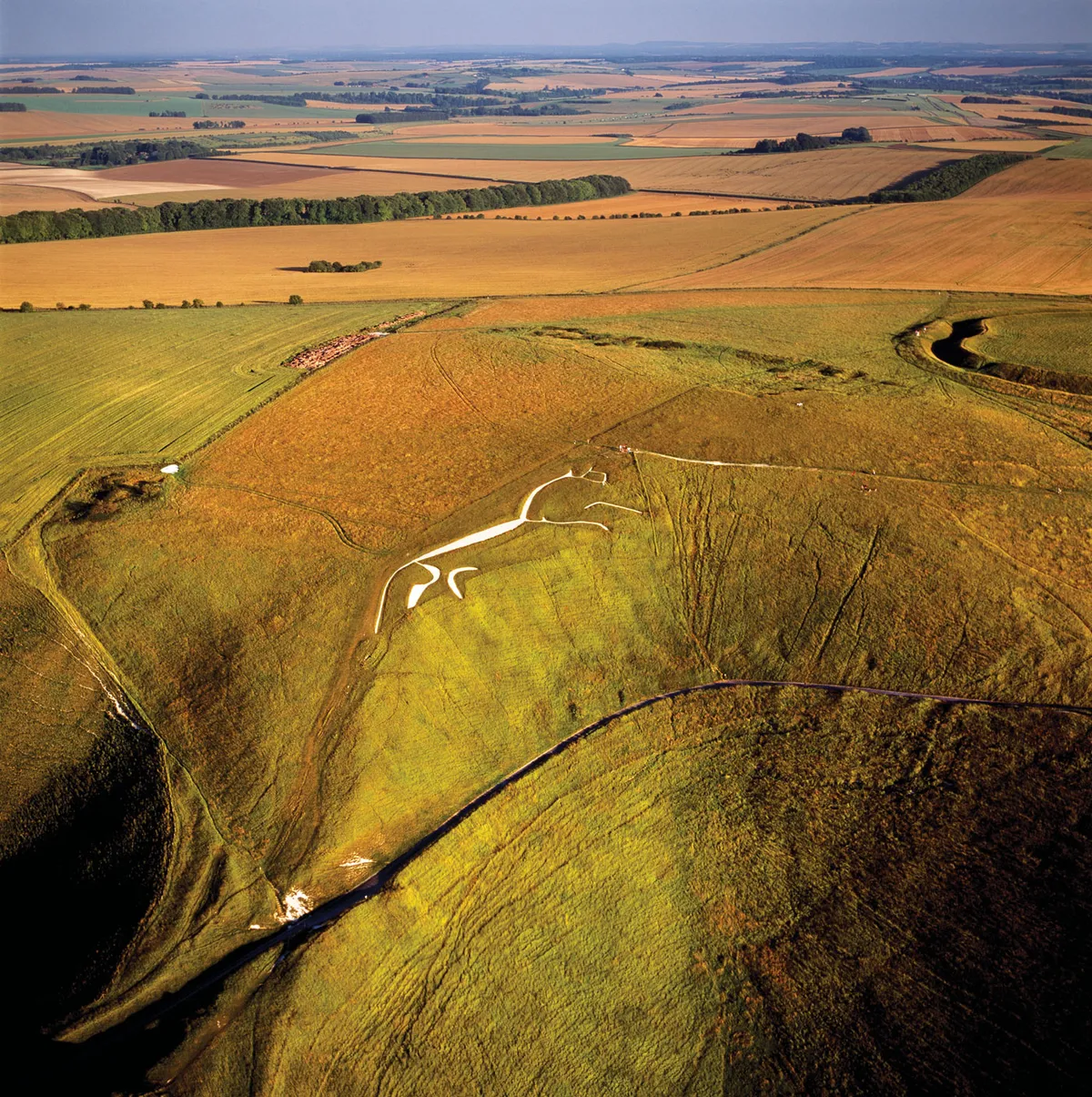
It’s really a masterpiece, a modernist classic.
At Foxhill I meet Tim Underwood, Professor of gastro-intestinal medicine at University of Southampton who works closely with CR UK. Hearing about the groundbreaking cancer research Tim is involved in is fascinating and a timely reminder of the purpose of this walk, and that all the money raised will be put to good use.
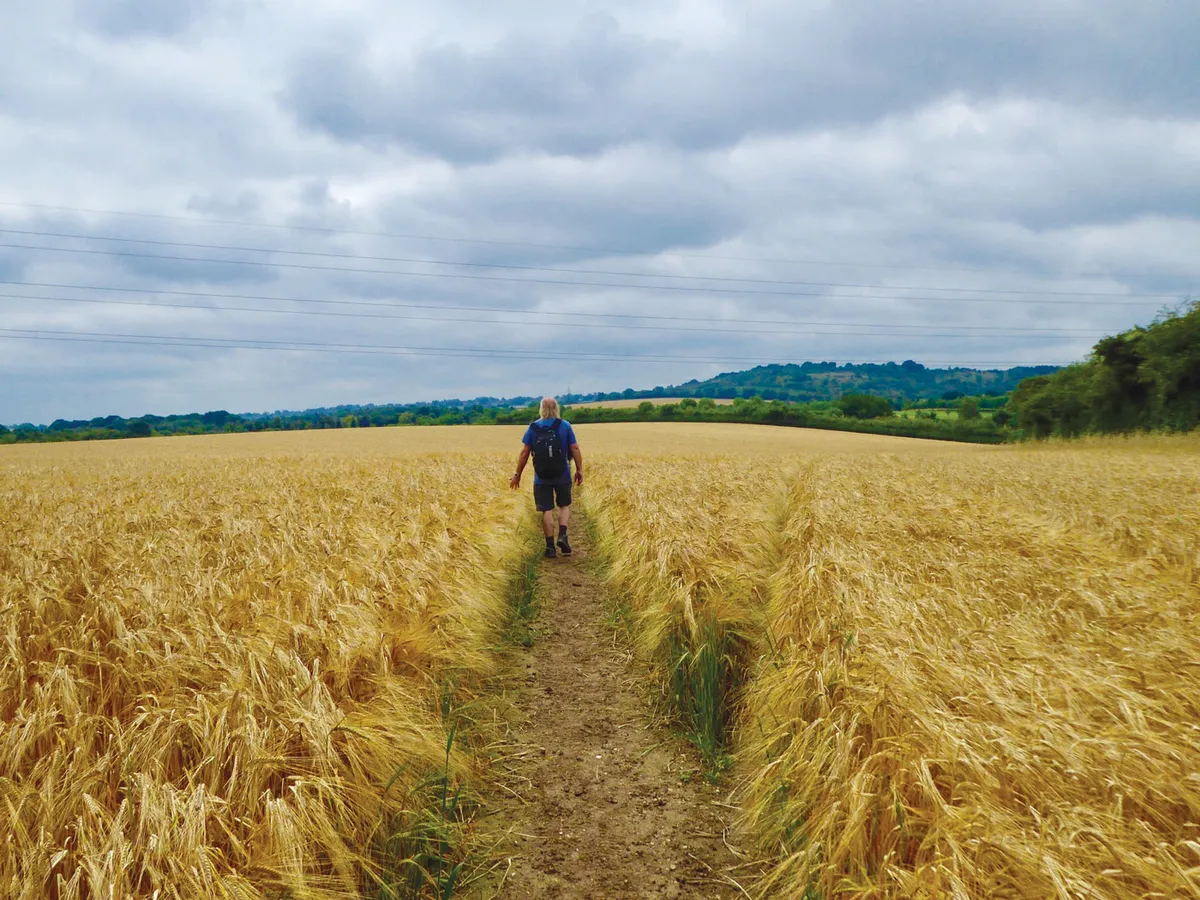
Day 6
The home stretch. A definite spring in the step after the long slog into a gale on Friday. Leaving the earthworks of Barbury Castle, our final stop before the finish is Hackpen Hill, where I’ve arranged to meet my Dad, who plans to walk a little way with us. The walk’s purpose – in memory of Mum who passed away from cancer 12 years ago – is reaffirmed.
As we descend into Avebury, I find myself lost in a deep memory and feel a longing for the country, and a yearning for these ancient sites. This path, this ancient cartway, this processional entrance has led centuries of travellers and ritual adherents, tourists and solstice-seekers to this spot.
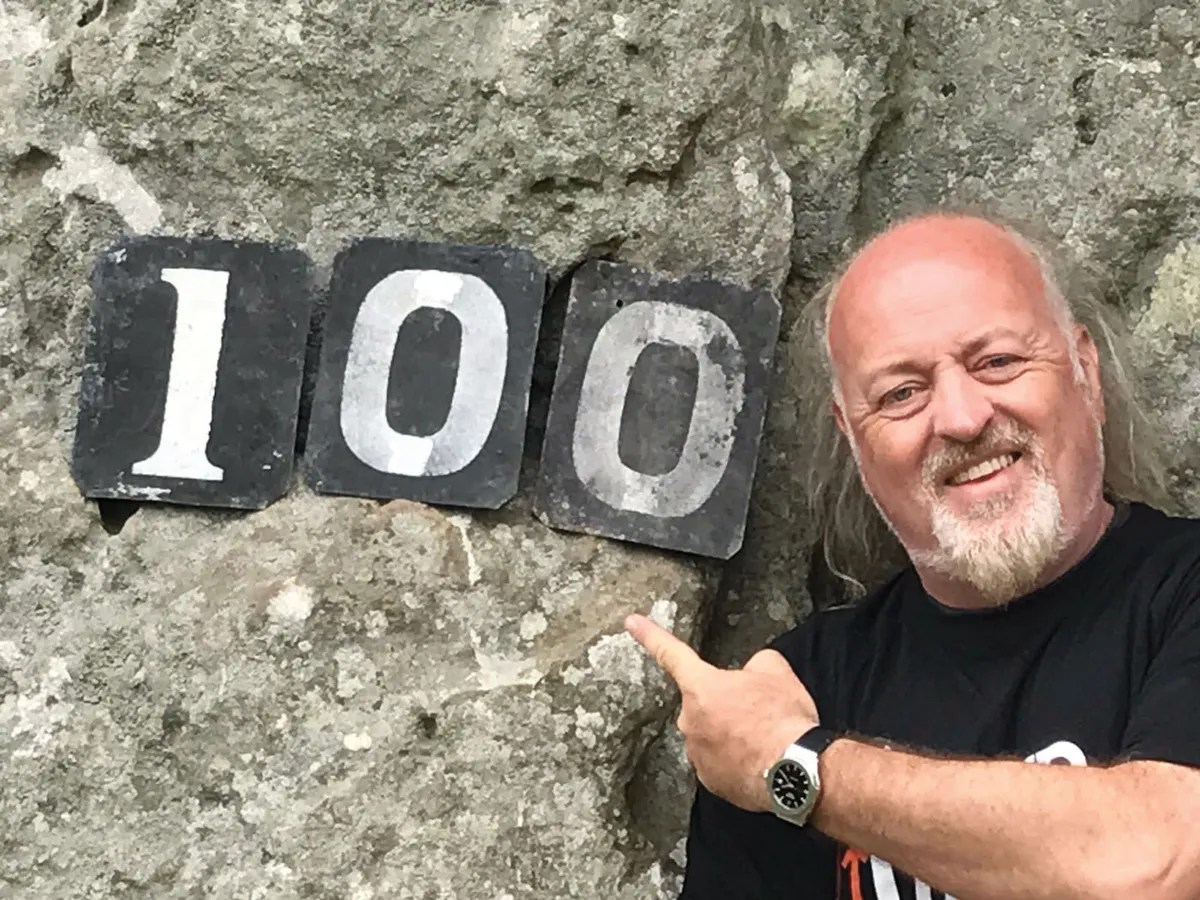
After toasting our achievement in the Red Lion, we cross the road into the Henge for what seems a fitting ritual to end the walk. I’ve brought with me my Hang drum. Sitting on the grass I conjure up some suitably righteous vibes and, to the delight of bemused onlookers, we dance among the stones.